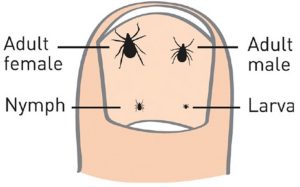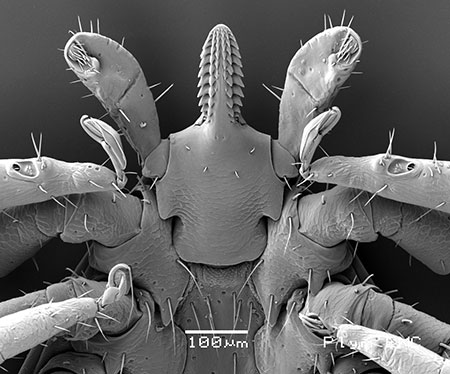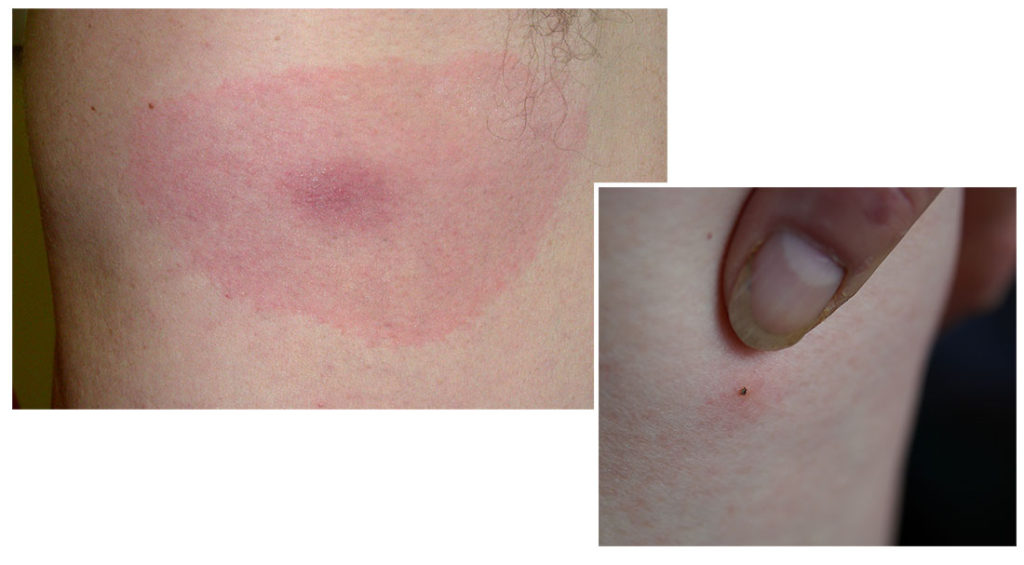[et_pb_section bb_built=”1″ fullwidth=”off” specialty=”off” next_background_color=”#000000″][et_pb_row _builder_version=”3.17.6″ custom_margin=”0px|||” custom_padding=”0px|||”][et_pb_column type=”4_4″][et_pb_post_title _builder_version=”3.17.6″ comments=”off” featured_image=”off” custom_margin=”0px|||” custom_padding=”0px|||” author=”off” /][/et_pb_column][/et_pb_row][/et_pb_section][et_pb_section bb_built=”1″ fullwidth=”on” specialty=”off” prev_background_color=”#000000″ next_background_color=”#000000″][et_pb_fullwidth_image _builder_version=”3.17.6″ src=”https://0ld.basc.org.uk/wp-content/uploads/2019/08/Nymph-ventral.jpg” /][/et_pb_section][et_pb_section bb_built=”1″ fullwidth=”off” specialty=”off” prev_background_color=”#000000″][et_pb_row _builder_version=”3.12.1″ custom_margin=”0px|||” custom_padding=”0px|||” background_position=”top_left” background_repeat=”repeat” background_size=”initial”][et_pb_column type=”3_4″][et_pb_team_member _builder_version=”3.17.6″ name=”Dr Sandra Pearson” position=”Medical Director” image_url=”https://0ld.basc.org.uk/wp-content/uploads/2019/08/Sandra-Pearson.jpg” background_color=”#334965″ background_layout=”dark” saved_tabs=”all” body_font_size=”15″ header_text_color=”#ffffff” body_text_color=”#ffffff” header_font=”|700|||||||” header_font_size=”20″]
Dr Sandra Pearson, Medical Director of Lyme Disease Action looks at what people should do to prevent Lyme disease.
[/et_pb_team_member][et_pb_text _builder_version=”3.17.6″]
Lyme disease is a bacterial infection transmitted by ticks. It can be serious but can be prevented by awareness and vigilance. Know what a tick looks like, check your skin, remove ticks quickly and go to your GP promptly if you feel ill.
When and where are we at risk?
Ticks are most active from March to October and may remain active during mild winters. They are found in woodland areas, moorland, rough pasture and urban parks and gardens.
How common is Lyme disease?
Lyme disease is increasing and is endemic throughout the UK particularly in the Highlands of Scotland and southern England. Around 10 per cent of cases are thought to be contracted abroad. Surveys indicate that only about six per cent of UK ticks carry Lyme. However, one bite from an infected tick can transmit the bacteria.
Where do ticks bite?
 On adults, most ticks attach below the waist, but small children tend to be bitten on the upper body, mainly on the head and neck. You might not notice – tick bites are usually not painful or itchy. When the tick attaches it takes some hours preparing a feeding pit before taking in blood. So, the risk of developing Lyme increases with the time an infected tick remains attached and hence they should be removed as quickly as possible. There are various tools designed to remove the tick without squashing the body (which could release bacteria into the host). In an emergency, a cotton thread may be looped around the tick’s mouthparts, and the tick pulled out.
On adults, most ticks attach below the waist, but small children tend to be bitten on the upper body, mainly on the head and neck. You might not notice – tick bites are usually not painful or itchy. When the tick attaches it takes some hours preparing a feeding pit before taking in blood. So, the risk of developing Lyme increases with the time an infected tick remains attached and hence they should be removed as quickly as possible. There are various tools designed to remove the tick without squashing the body (which could release bacteria into the host). In an emergency, a cotton thread may be looped around the tick’s mouthparts, and the tick pulled out.
The nymph stage which attaches to humans is much smaller than the adult stage commonly seen on dogs and cats. So use hands to check places such as behind the knee and carefully inspect anything that feels like a small scab.
How to prevent a tick bite?
Ticks can be deterred by using insect repellents such as DEET or permethrin. Essential oils, such as citronella, lavender or geranium can help repel them too.
Ticks use hooks on their legs to transfer from foliage to skin or clothing, and spend some time searching for a suitable place to bite. Brushing clothes (and pets) before going inside can help reduce the risk.
Lyme disease symptoms and treatment
Once you have removed a tick, wash the site and then check occasionally for signs of a rash. Sometimes a red rash, called erythema migrans, spreads out from the bite. It might clear in the middle, giving a typical ‘bullseye’ pattern, but can also be a solid red. Don’t ignore it! The rash and symptoms occur about 10-14 days after the bite. Early symptoms of Lyme include headache, fatigue, nausea, vomiting, joint and muscle pain, and fever.
If a rash develops, take a photograph and go to your GP who should prescribe antibiotics immediately. If Lyme disease is not treated promptly the bacteria may spread to the nervous system, joints, skin, heart and eyes. The full range of symptoms may be incredibly debilitating and include profound fatigue, headache, dizziness, hearing loss, tinnitus, visual disturbances, insomnia, sound and light sensitivity, gastro-intestinal disturbances, muscle weakness and problems with mood and cognition. Young children may have non-specific symptoms such as irritability and loss of appetite.
In the UK, around 15-25 per cent people who don’t get proper treatment develop more serious symptoms which can include facial palsy, meningitis and burning or stabbing pains.
If there’s no rash the GP may perform a blood test. But a negative result does not necessarily exclude Lyme disease. There is currently no test for active infection and no test of cure.
 Further information:
Further information:
- A NICE Guideline for diagnosis and treatment of Lyme disease was published in April 2018. It gives advice on awareness as well as tests, diagnosis and treatment. Make sure your GP is aware of this: https://www.nice.org.uk/guidance/ng95
- LDA offers great advice on how to stay safe: lymediseaseaction.org.uk
[/et_pb_text][/et_pb_column][et_pb_column type=”1_4″][et_pb_sidebar _builder_version=”3.17.6″ area=”sidebar-1″ orientation=”right” custom_css_widget=”.pis-title {|| font-size: 16px;|| color: #078463;|| padding-bottom: 5px;|| line-height: 1.3em;|| font-weight: bold;||}||||||||.pis-excerpt {font-size:14px;}||” /][/et_pb_column][/et_pb_row][/et_pb_section]

